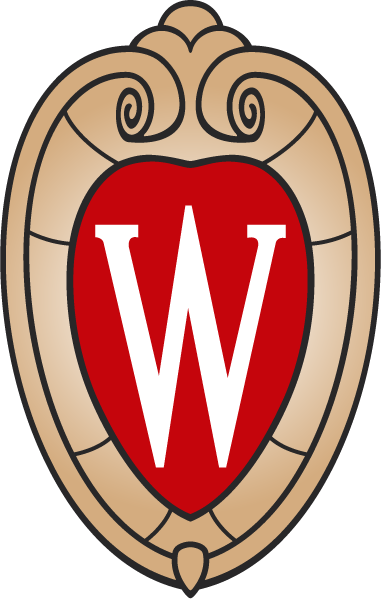
Course Overview
The NESC® is the backbone of electrical safety in utility and communication systems, and understanding it is critical for minimizing risk and ensuring regulatory compliance. Over four days of interactive instruction and hands-on exercises, participants will explore the code’s structure, legal implications, and technical requirements. With a focus on the 2023 updates, this course prepares engineers to apply the NESC® across overhead, underground, and supply station systems. We will also address the changes to the code in the newly released NESC® IEEE C2-2023.
Learning Outcomes
- Interpret and apply key provisions of the NESC®, including clearance, grounding, and mechanical loading requirements.
- Integrate NESC® standards into the design, construction, and maintenance of overhead and underground systems.
- Navigate legal responsibilities and compliance strategies to reduce liability and improve safety outcomes.
Who Should Attend?
- Electrical engineers and utility professionals responsible for system design, safety, or compliance.
- Line workers, technicians, and electricians working with overhead and underground infrastructure.
- Safety officers, inspectors, and operations managers overseeing electrical system performance and regulatory adherence.
Additional Information
This class requires the latest NESC® 2023 codebook released in August 2022. You may purchase the 2023 codebook in print or PDF format.
Earn 1.7 CEUs, 17 PDHs with this course.
Course Outline
Introduction
Origin and Purpose of National Electric Safety Code (NESC®)
(Sections 1, 2, and 3)
- Organization and content
- Committee structure and revisions
- Application principles and interpretations
- Definition of terms and standard references
Understanding Legal Aspects of the NESC®
- Standard of care
- Theories of liability and negligence
- Legal defenses
- Preparing for litigation
Conductor Mechanical Loading Conditions
- NESC® loading districts
- Transverse, vertical, and longitudinal loads
- Tension limits and safety factors
- Sag and tension characteristics
- Ruling span and stringing sag charts
Safety Rules for Overhead Lines (Part 2)
- General requirements
- Uniform system of clearances
- Clearance components and tables
- Vertical clearances above ground
- Clearances to buildings and structures
- Attachments to buildings
- Clearances to support structures and clearances between conductors
- Climbing and working space
- Illustrative clearance examples and problems
Safety Rules for Overhead Lines: Structures and Equipment
- Grades of construction
- Overhead capacity factors
- Strength factors
- Overload line equipment
- Illustrative structural strength examples and problems
Requirements for Underground Systems (Part 3)
- General requirements
- Conduit and cable systems
- Pad-mounted equipment
Complying with the NESC®
- Design and construction standards
- Routine inspections
- Hazard recognition, correction, and documentation
- Public education
- Litigation case studies
Grounding in Compliance with the NESC® (Section 9)
- Definitions
- Grounding requirements, equipment, and methods
Electric Supply Stations and the NESC® (Part 1)
- Access, security, and clearances
- Equipment installation and maintenance
Rules for the Operation of Electric Lines (Part 4)
- Responsibility for safety
- General safety practices
- Approach distances to energized lines and equipment
- Personal and line protective equipment
- Tools
- Switching and tagging
Course Wrap-up and Evaluation
Testimonials
"John [Miner] is an expert on the NESC® and it was refreshing and informative to attend the class."
—Alan R. Kasanow, Senior Engineer, Indianapolis Power and Light, Indianapolis, Indiana
Instructors
R. John Miner
R. John Miner, PE, is president of Collaborative Learning, Inc. of Austin and San Antonio, Texas and has more than 40 years of experience in the electric utility industry. A course instructor for the University of Wisconsin for more than 20 years, Miner has conducted educational programs throughout the country and at several overseas locations. He earned a BS degree in electrical engineering with honors and an MS degree in engineering science from the University of Toledo.
M. Thomas Black
Tom is an independent consultant and course instructor in the electric and gas utility industry. His experience includes both municipal (Colorado Springs and City of Fountain, CO) and Investor owned (Progress Energy) utilities across multiple jurisdictions in Colorado, North Carolina, South Carolina and Florida. His range of experience in the utility industry covers 36 years and includes planning and engineering, standards, Construction and Maintenance Manager, Energy Delivery General Manager and Chief Energy Officer responsible for all aspects of energy acquisition including renewables, peaking and base load supply, electric transmission and distribution and gas distribution. Tom has served on the boards of RMEL and the Colorado Association of Municipal Utilities CAMU and is a member of the Institute of Electrical and Electronic Engineers. He received his bachelor’s degree from Washington University in St. Louis with honors and is a registered professional engineer in Colorado and Arizona.
